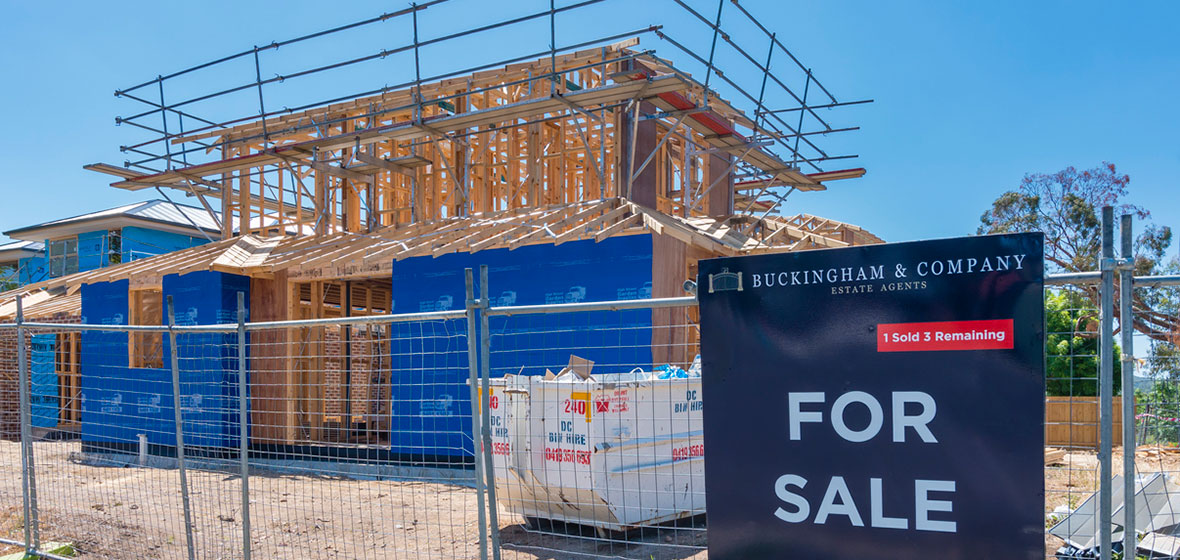Snapshot
- The first article of this two-part series on the Home Building Amendment Act 2014, (published in the April 2015 edition of the LSJ), considered the completion and statutory warranty aspects of the amendments that came into force earlier this year.
- This follow-up article examines changes to licensing; the Home Building Compensation Fund; and some new contractual requirements outlined in the Act.
- Many of these latest amendments to the Act are to the advantage of contractors. Therefore, home owners will need to pay even closer attention to the timely exercise of their rights.
- In particular, close attention will need to be paid to the retrospective application of the 2014 Amendments.
The Home Building Act (‘the Act’) regulates, inter alia, the content of residential building contracts, statutory warranties which are implied into residential building contracts, the licensing of persons completing residential building work, dispute resolution, and the insurance of residential building work.
Each of these areas is affected by the Home Building Amendment Act 2014 (‘the 2014 Amendments’), which is the subject of these two articles. The 2014 Amendments commenced in two tranches – on 15 January 2015 and 1 March 2015.
Most of the changes occurred in the first tranche of amendments and include a new definition of completion as well as addressing statutory warranties, licensing and the Home Building Compensation Fund. The second tranche of amendments generally addresses the requirements for contracts for residential building work.
The number and breadth of the 2014 Amendments are quite extensive and require detailed study for a full understanding. This article and its predecessor, which looked at the completion and statutory warranty aspects of the amendments (see the April edition of the LSJ), can only really serve as an introduction to some of these amendments to the Act. To understand all the amendments, the legislation itself must be reviewed.
The previous major amendment of the Act occurred in October 2011 (the 2011 Amendments) and also commenced in two tranches – on 25 October 2011 and 1 February 2012.
Given some elements of the 2014 Amendments are retrospective and others are not, understanding the application of the transitional provisions is also important.




